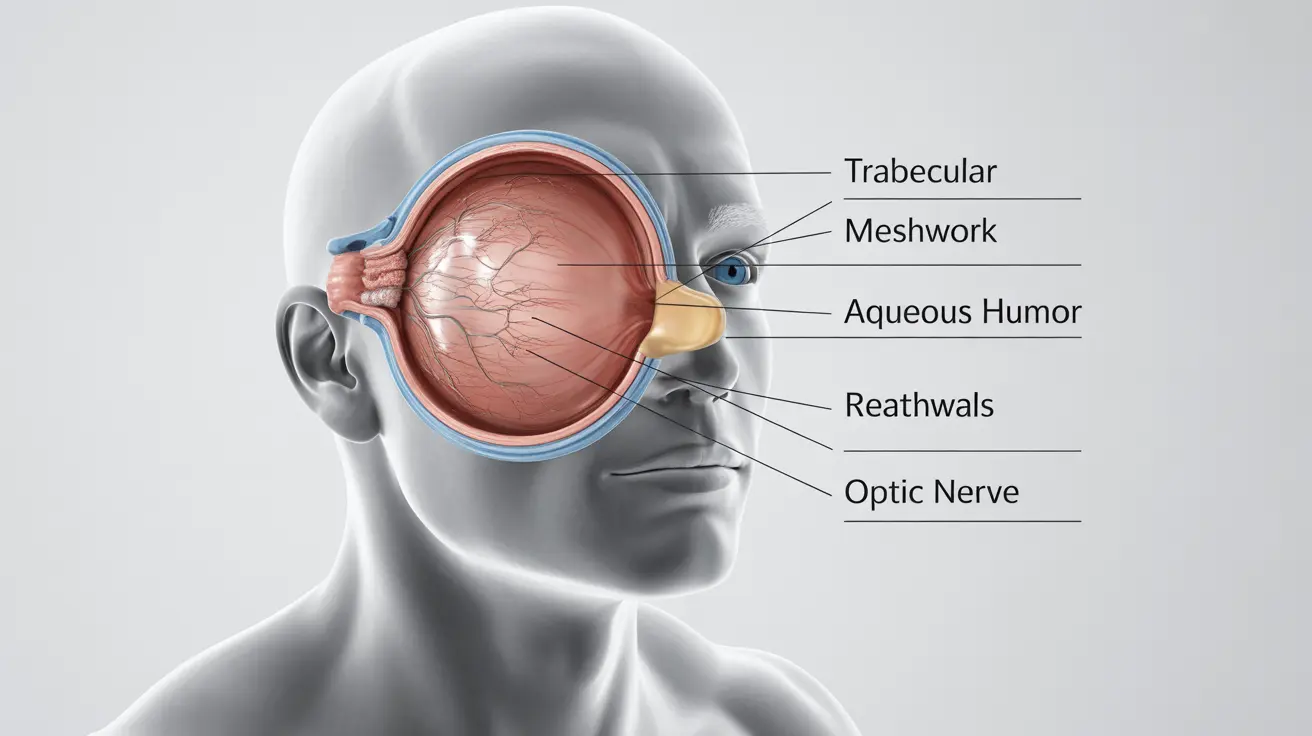Eye pressure, also known as intraocular pressure (IOP), plays a crucial role in maintaining healthy vision throughout your lifetime. As we age, understanding what constitutes normal eye pressure becomes increasingly important for preventing serious eye conditions like glaucoma. Many adults are unaware that eye pressure naturally fluctuates and can change with age, making regular monitoring essential for long-term eye health.
Knowing your baseline eye pressure and how it compares to normal ranges for your age group empowers you to work with your eye care professional to detect potential problems early. This proactive approach can help preserve your vision and prevent irreversible damage from conditions that often develop silently over time.
What Constitutes Normal Eye Pressure Across Different Ages
Normal eye pressure typically ranges between 10 and 21 mmHg (millimeters of mercury) for most adults, regardless of age. However, this range can vary slightly based on individual factors and age-related changes in the eye's structure and function.
For younger adults in their 20s and 30s, normal eye pressure usually falls between 12 and 20 mmHg. The eyes at this age typically maintain optimal fluid production and drainage, resulting in stable pressure levels throughout the day.
Middle-aged adults, typically those between 40 and 60 years old, may experience slight variations in their normal range. While the standard 10-21 mmHg range still applies, some individuals may notice minor fluctuations due to hormonal changes, lifestyle factors, or early age-related changes in eye structure.
For seniors over 60, normal eye pressure remains within the same general range, but the risk of developing pressure-related eye conditions increases significantly. Older adults may experience more pronounced daily fluctuations in eye pressure, making regular monitoring even more critical for maintaining eye health.
How Aging Affects Eye Pressure and Related Risks
As we age, several changes occur within the eye that can influence intraocular pressure. The drainage system of the eye, called the trabecular meshwork, may become less efficient over time. This natural aging process can lead to slight increases in eye pressure or greater difficulty maintaining consistent pressure levels.
The production of aqueous humor, the clear fluid that fills the front part of the eye, may also change with age. While some older adults experience decreased fluid production, others may develop conditions that affect the normal flow and drainage of this fluid, potentially leading to pressure imbalances.
Age-related changes in the eye's anatomy, such as thickening of the lens or changes in the iris position, can also impact how fluid moves through the eye. These structural modifications don't necessarily cause abnormal pressure but can influence individual baseline measurements.
Understanding the Causes of Abnormal Eye Pressure
High eye pressure, medically known as ocular hypertension, can result from various factors beyond normal aging. Genetics play a significant role, as individuals with family histories of glaucoma or high eye pressure face increased risks regardless of age.
Certain medications, including corticosteroids, can elevate eye pressure in susceptible individuals. Long-term use of steroid eye drops, oral steroids, or even nasal sprays containing steroids may contribute to pressure increases, particularly in older adults who may be using multiple medications.
Medical conditions such as diabetes, high blood pressure, and thyroid disorders can also influence eye pressure. These conditions become more common with age, creating additional risk factors for developing pressure-related eye problems in older adults.
Low eye pressure, while less common, can occur due to eye injuries, certain medications, or underlying medical conditions. Extremely low pressure may indicate problems with fluid production or excessive drainage, both of which require professional evaluation.
Recommended Screening Frequency for Optimal Eye Health
The frequency of eye pressure monitoring should increase with age, reflecting the higher risk of developing pressure-related eye conditions in older adults. Young adults with no risk factors typically need comprehensive eye exams, including pressure measurements, every two to three years.
Adults over 40 should have their eye pressure checked annually, as this age group faces increased risks for glaucoma and other pressure-related conditions. This recommendation becomes even more important for individuals with family histories of eye disease or other risk factors.
Seniors over 60 may benefit from more frequent monitoring, potentially every six months, depending on their individual risk factors and baseline pressure measurements. Those with already elevated pressure or other risk factors may require even more frequent monitoring as determined by their eye care professional.
Individuals with existing risk factors, such as family history of glaucoma, diabetes, or high myopia, may need more frequent monitoring regardless of age. Your eye care provider will establish a personalized screening schedule based on your individual risk profile.
Normal Eye Pressure and Glaucoma Risk
One of the most important misconceptions about eye pressure is that normal readings guarantee protection from glaucoma. Normal-tension glaucoma, also called normal-pressure glaucoma, affects individuals whose eye pressure measurements fall within the standard normal range.
This condition demonstrates that factors beyond simple pressure measurements contribute to glaucoma development. Optic nerve vulnerability, blood flow to the optic nerve, and genetic predisposition all play roles in determining individual glaucoma risk, even when eye pressure appears normal.
Regular comprehensive eye exams become crucial for detecting normal-tension glaucoma, as pressure measurements alone cannot identify this condition. Eye care professionals evaluate optic nerve appearance, visual field testing, and other factors to assess glaucoma risk comprehensively.
Early warning signs of glaucoma, regardless of pressure levels, include gradual loss of peripheral vision, difficulty seeing in low light conditions, and changes in color perception. However, glaucoma often progresses without noticeable symptoms until significant vision loss has occurred, emphasizing the importance of regular professional monitoring.
Frequently Asked Questions
What is the normal eye pressure range for adults by age?
Normal eye pressure ranges from 10 to 21 mmHg for adults of all ages. While this range remains consistent throughout life, younger adults typically maintain pressure between 12-20 mmHg, while older adults may experience slightly more variation within the normal range due to age-related changes in eye structure and function.
Does eye pressure change as you get older, and what is considered normal for seniors?
Eye pressure can fluctuate more with age due to changes in the eye's drainage system and fluid production. For seniors, the normal range remains 10-21 mmHg, but older adults may experience greater daily variations. The key is establishing individual baseline measurements and monitoring changes over time rather than focusing solely on specific numbers.
What causes high or low eye pressure, and how does age affect it?
High eye pressure often results from genetics, certain medications (especially steroids), medical conditions like diabetes, or age-related changes in the eye's drainage system. Low pressure may occur from eye injuries or certain medications. Age increases risk by reducing drainage efficiency and potentially affecting fluid production in the eyes.
How often should older adults have their eye pressure checked to prevent glaucoma?
Adults over 40 should have annual eye pressure checks, while those over 60 may benefit from monitoring every six months. Individuals with risk factors such as family history of glaucoma, diabetes, or high myopia may need more frequent monitoring regardless of age. Your eye care provider will determine the best schedule for your individual risk profile.
Can you have glaucoma even with normal eye pressure, and what are the warning signs?
Yes, normal-tension glaucoma affects people with eye pressure in the normal range. Warning signs include gradual peripheral vision loss, difficulty seeing in low light, and changes in color perception. However, glaucoma often progresses silently, making regular comprehensive eye exams essential for early detection through optic nerve evaluation and visual field testing, not just pressure measurements.




